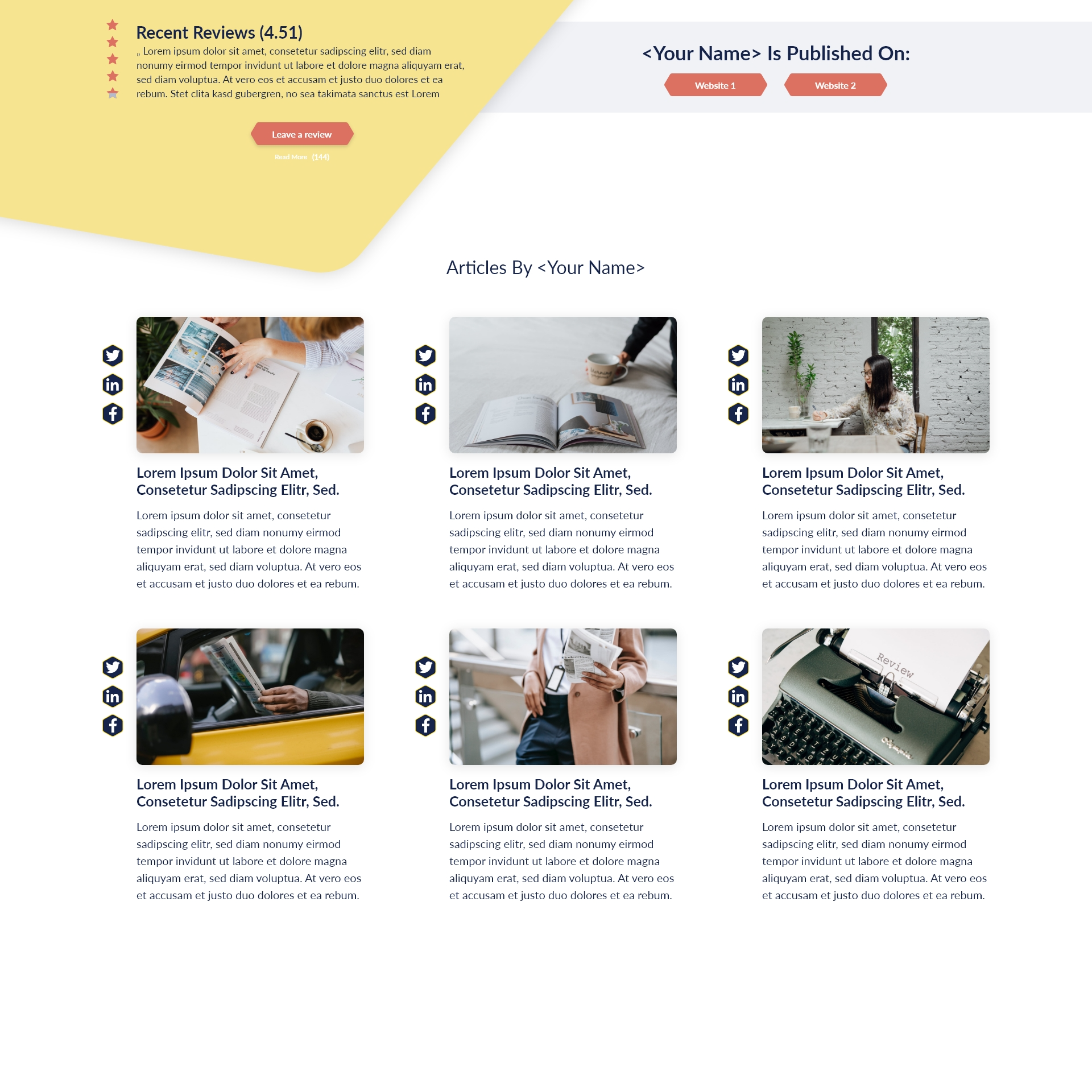Key Takeaways:
- Effective leadership hinges on clear communication and understanding diverse team needs.
- Utilizing practical time management techniques can enhance team productivity and engagement.
In the fast-paced world of modern business, leaders often face the daunting challenge of motivating their teams. The intersection of leadership and communication plays a crucial role in cascading motivation throughout an organization. In this article, we will explore the significance of effective communication strategies to foster a motivated workforce, transform team synergy, and ultimately achieve organizational goals.
The Importance of Communication in Leadership
Effective communication is the lifeblood of any successful organization. It ensures that everyone is aligned with the vision, understands their roles, and feels engaged with their work. Leaders must strive to create an environment where open dialogue is encouraged, allowing employees to express their ideas, concerns, and aspirations.
Leaders should remember that communication is not just about conveying information but about two-way interactions that build trust and rapport. Different leadership styles bring unique communication approaches; however, the essence lies in fostering a culture of transparent, honest communication.
Practical Tips for Communicating with Teams
-
Be Clear and Concise: Whether delivering a message in a meeting or sending out an email, clarity is essential. Avoid jargon and be straightforward. This practice minimizes misunderstandings and lays the groundwork for effective collaboration.
-
Encourage Feedback: Utilize tools such as surveys or anonymous suggestion boxes to gather thoughts from your team. Showing that you value their feedback fosters a sense of belonging and commitment.
-
Practice Active Listening: Create an atmosphere where team members feel heard. Active listening involves giving your attention, acknowledging their ideas, and providing thoughtful responses. This approach reinforces their importance to the team.
-
Utilize Visual Aids: Incorporating visuals, such as slides or infographics, can enhance understanding during presentations. Visuals make complex ideas more engaging and accessible, catering to varying preferences in learning styles.
Goal Setting for Team Motivation
Setting clear goals is a pivotal component in motivating teams. Without defined objectives, employees may feel lost or disconnected from their work. Leaders can support goal achievement by utilizing the SMART criteria: Specific, Measurable, Achievable, Relevant, and Time-bound.
The Role of Employee Engagement
When leaders communicate effectively, they enhance employee engagement significantly. Engaged employees are more productive and show a greater commitment to their organization. They also tend to collaborate better, share ideas freely, and take ownership of their responsibilities.
-
Recognize Contributions: Regularly acknowledge individual and team accomplishments. Simple gestures, such as a thank-you email or public recognition in meetings, can elevate morale and inspire others to excel.
-
Provide Growth Opportunities: Employees are motivated when they see a clear path for growth. Consider offering mentoring programs or professional development workshops that align with their career aspirations.
-
Foster a Supportive Environment: Create an atmosphere where employees feel safe to voice their thoughts and ideas. When team members know their contributions are valued, they are more likely to remain engaged and motivated.
Navigating Conflict Resolution
Conflicts can disrupt team dynamics and hamper motivation. Having a structured approach to resolving disagreements is vital for maintaining harmony within the workplace.
-
Address Issues Promptly: When conflicts arise, address them swiftly. Delaying resolution can lead to hostility and disengagement. Conduct one-on-one discussions to uncover the underlying issues.
-
Encourage Collaboration: Shift the focus from blame to problem-solving. Collaborate with involved parties to brainstorm solutions. This approach not only resolves the conflict but also fosters teamwork.
-
Train in Conflict Management: Equip your team with conflict resolution skills. Workshops or training sessions can prepare them to handle disagreements constructively, enabling a positive team environment.
Mastering Time Management for Team Efficiency
Time management is critical to leadership as it dictates productivity levels. When leaders manage their time effectively, they serve as a model for their teams.
-
Prioritize Tasks: Use techniques such as the Eisenhower Matrix to categorize tasks by urgency and importance. This method helps you focus on what truly matters.
-
Set Boundaries: Help your team understand the importance of work-life balance. Encourage breaks and time-off to prevent burnout, which can detract from motivation and productivity.
-
Leverage Technology: Utilize productivity tools and software to streamline workflows. These tools help in tracking progress, managing assignments, and ensuring deadlines are met without causing overwhelm.
Conclusion
To foster a motivated and engaged team, leaders must prioritize effective communication. By implementing practical strategies that emphasize clarity, recognition, and conflict resolution, leaders can create an environment where employees feel valued and motivated. As you embrace these principles in your leadership journey, remember that motivation is not a one-time event, but a continuous effort that requires dedication, adaptability, and empathy.








